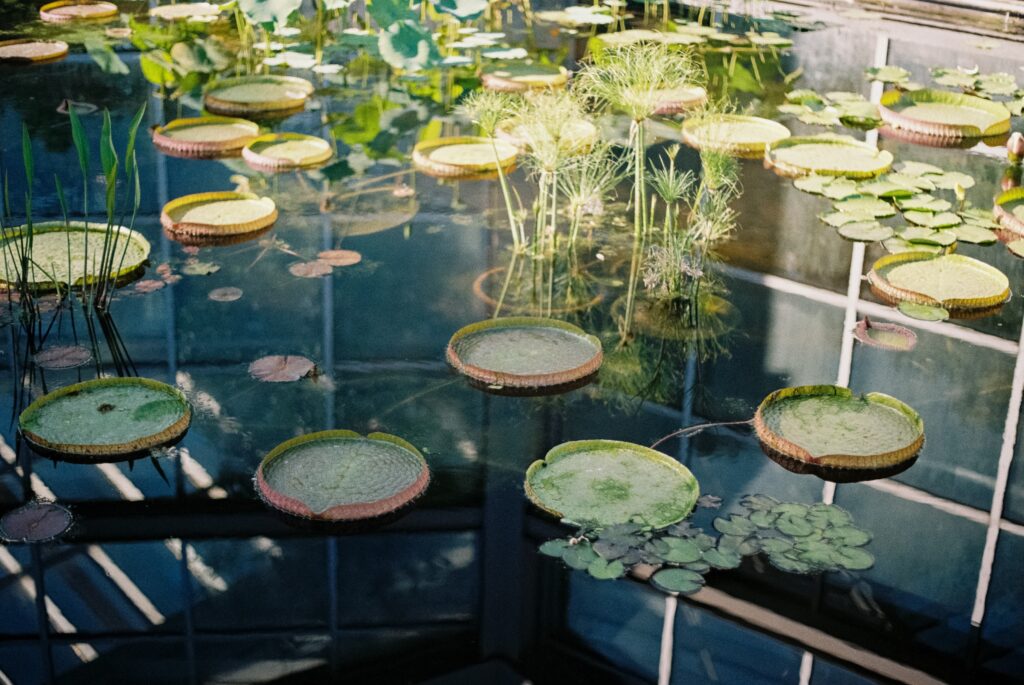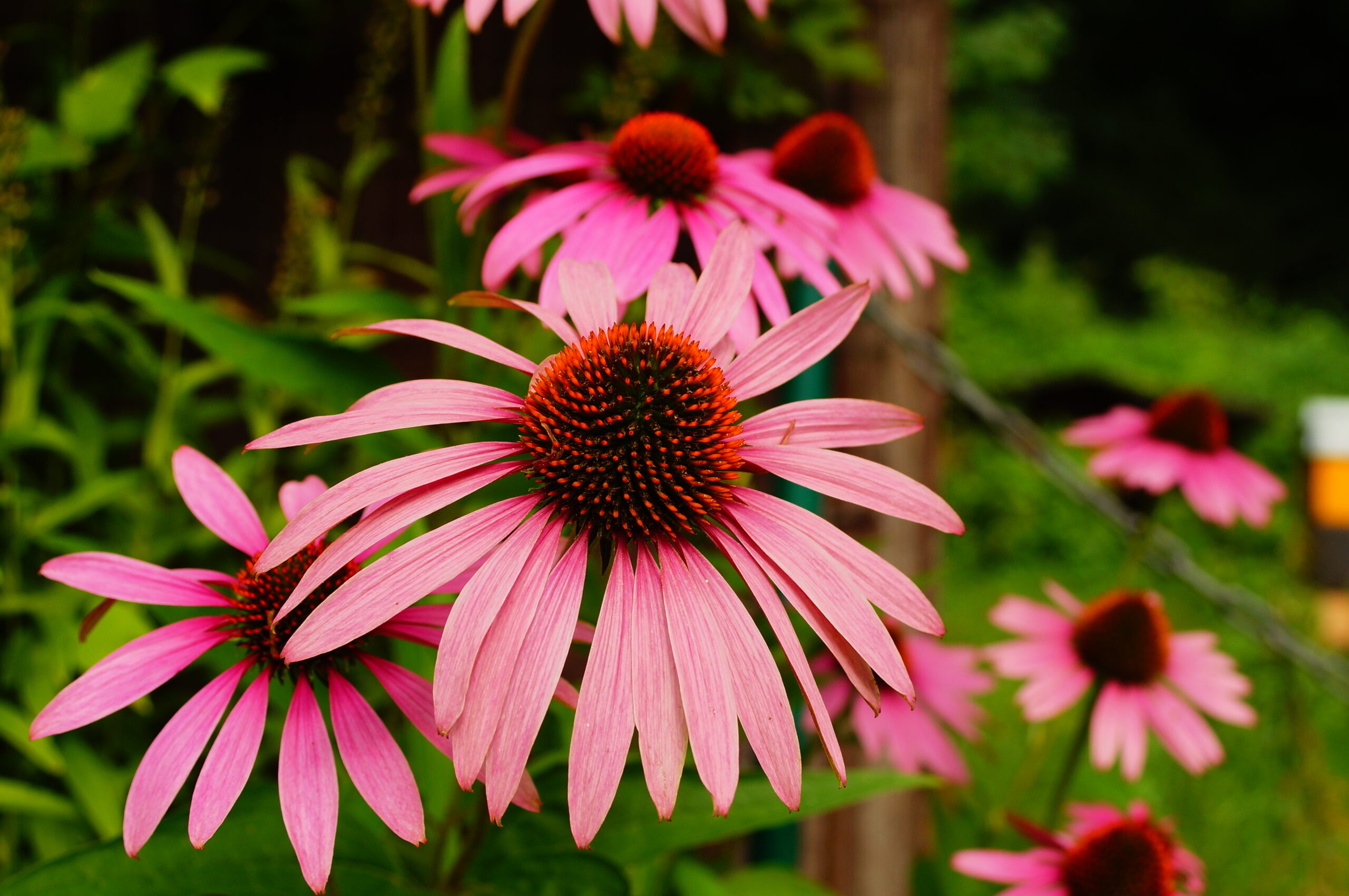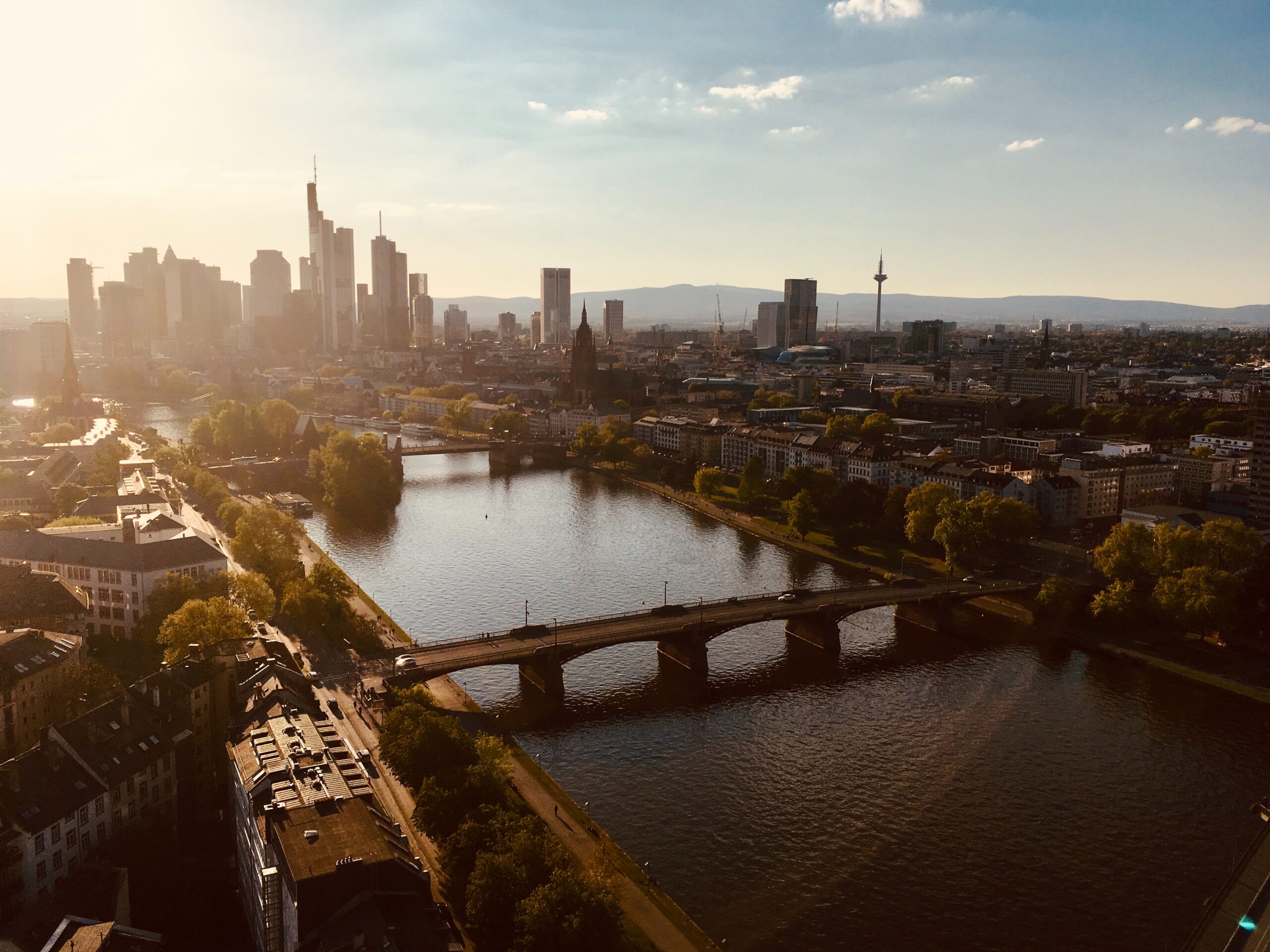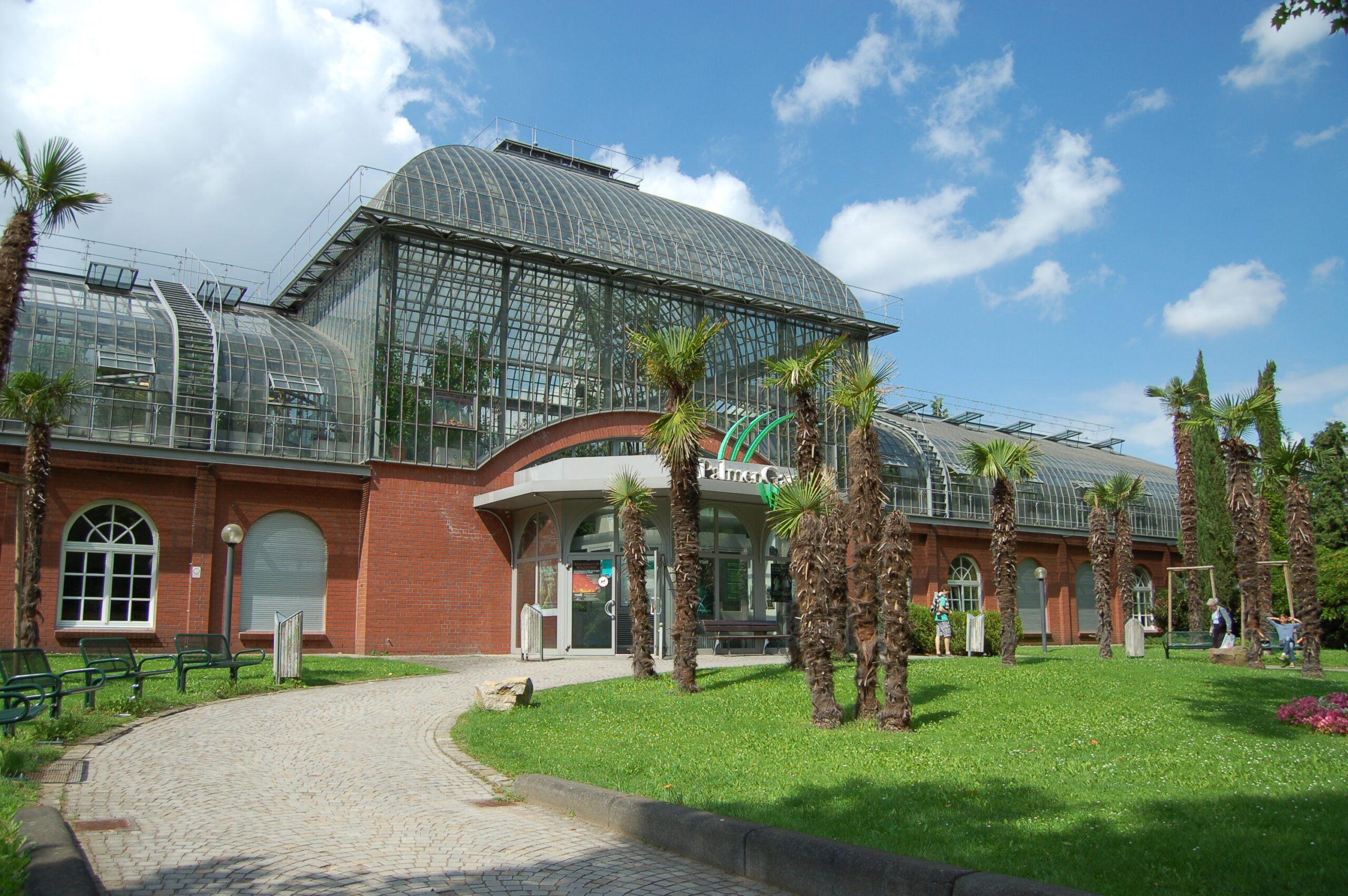Germany’s largest botanical garden, Palmengarten, is an iconic attraction which can be found right at the center of Frankfurt
Palmengarten in Frankfurt is the largest botanical garden in Germany and is a must-visit whether you have green fingers or not. It covers more than 54 acres at the heart of the city and is full of plants from across the world. The garden recreates their habitats with more than 13,000 species.
The huge glass and steel canopy that forms the Palmenhaus is older than the 150-year-old garden. This was raised one and half years before the park opened by the architect and founder of the gardens, Heinrich Siesmayer. He wanted to create a haven for exotic plants and provide a location for people to enjoy themselves.
When Siesmayer built the Palmenhaus, it was at the forefront of what was possible with the construction techniques of the time. The beautiful hall is 173 feet long, 100 feet wide, and 61 feet high at its tallest point — with no supporting pillars. A glamorous and recently restored ballroom is attached to the winter garden.
Around the river that forms at the base of a waterfall grow many of the palm trees. These include Washingtonia, Caryota and Chamaedoria, among much more. Within the pools and tanks found in the grotto, you will see fish from around the world as you stroll along the balmy paths.
The Houses of the Palmengarten


See the major sights of Frankfurt
To celebrate the 150th anniversary of Palmengarten in 2021, an 8,600-square-foot Flower and Butterfly House was opened. This is split into warm and cold houses that show off exotic butterflies, insects and the plants that form their habitat. You will be able to see and learn all about how a caterpillar undergoes metamorphosis in the chrysalis to become a butterfly. There are also interactive exhibitions that show just how important insects are to the plant world.
In the Subantarctic House, you will find flora from the regions of Patagonia, the Falkland Islands and New Zealand’s South Island. This house was constructed at the start of the 20th Century and is designed to remain cool but moist. Here, you will species such as cypresses, alpine water ferns, and astelia.
Visitors enter Palmengarten through the Entrance Display House which dates to 1906. Originally, this had been used as to show off the garden’s tropical plants. Once the architecturally stunning Tropicarium opened in the 80s, it was no longer required for this purpose. The Display House was adapted to become the entrance and filled with new displays. It is full of carnivorous plants, such as Venus flytraps, and a huge collection of tillandsias, which includes pineapple trees.
As its name suggests, the Tropicarium will transport you to the heat of the Tropics. It is full of plants from the Americas, the Namib desert, Madagascar, and many more. You will see baobab trees, orchids, and mangroves and move between day and moist climates as you do so. Palmengarten’s Tropicarium is designed to show as much as possible within the ecological context of a plant’s habitat.






